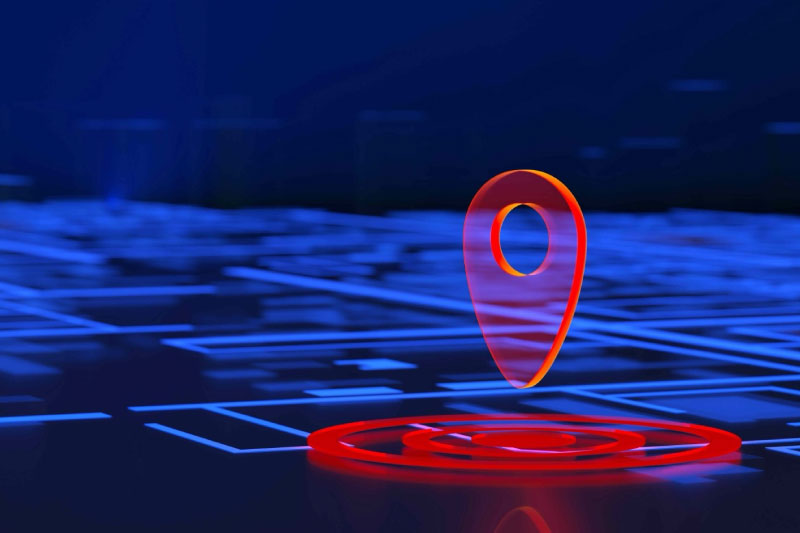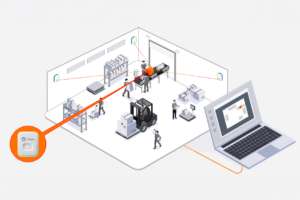Contents
Welcome to our comprehensive FAQ on Real-Time Location Systems (RTLS). Whether you are new to the world of RTLS or looking to deepen your understanding of this innovative technology, this guide is designed to provide you with clear, concise answers to some of the most common questions.
RTLS technology has become increasingly important across various industries for its ability to accurately track and manage assets, personnel, and operations in real-time. From the basic workings of RTLS to its applications, benefits, and challenges, our FAQ will help you gain a better grasp of how RTLS can revolutionize efficiency and safety in your business or organization. Let’s dive into the details to explore the transformative potential of RTLS technology.
What is a Real-Time Location System (RTLS)?
RTLS is a technology used to automatically identify and track the location of objects or people in real-time, usually within a building or other contained area. It uses a combination of wireless technology, sensors, and software to provide location information.
How does RTLS work?
RTLS systems typically involve tags or badges attached to objects or worn by people, and receivers or sensors positioned throughout the facility. The tags transmit signals that the sensors pick up, allowing the system to calculate the precise location of each tag. This information is then processed and displayed on a software platform.
What are the key benefits of using RTLS?
The benefits of RTLS include improved asset tracking (reducing loss and theft), enhanced safety and security (by monitoring the location of personnel and equipment), increased operational efficiency (through optimized asset utilization and workflow), and better data analysis and decision-making (by providing real-time information and historical data).
Which industries can benefit from RTLS?
Many industries can benefit from RTLS, including healthcare (for tracking patients, staff, and equipment), manufacturing (for inventory management and workflow optimization), logistics and supply chain (for tracking goods in warehouses), retail (for inventory and customer experience enhancement), and others like education, sports, and hospitality.
What are the differences between RTLS and GPS?
RTLS is generally used for indoor tracking, providing high accuracy in confined spaces where GPS is ineffective. GPS is used for outdoor location tracking over large areas. RTLS offers more precision and is suitable for applications requiring detailed location information, such as inside buildings.
Is RTLS technology secure?
Yes, RTLS technology is designed with security in mind. The data transmission is typically encrypted, and access to location data is controlled. However, like any technology, it’s important to follow best practices in cybersecurity to protect sensitive information.
Can RTLS be integrated with other systems?
Yes, RTLS can be integrated with various systems such as enterprise resource planning (ERP), warehouse management systems (WMS), and other IoT platforms to enhance data analysis and operational efficiency.
What is the average cost of implementing an RTLS system?
The cost of implementing an RTLS system varies widely depending on the size of the area to be covered, the number of tags needed, the type of technology used, and other factors. The best thing to do is consult with an RTLS provider for a detailed analysis quote. You can get a free assessment from us here.
How accurate is RTLS?
The accuracy of RTLS can vary, but some systems offer precision within a few centimeters. The accuracy depends on the specific technology used (such as RFID, Wi-Fi, Ultra-Wideband), the environment, and the system configuration. The most accurate technology available is Ultra-Wideband (UWB), Ultra-Wideband, which offers precision at the level of centimeters.
What challenges are associated with RTLS deployment?
Challenges can include ensuring adequate coverage throughout the desired area, dealing with interference in signal-rich environments, and integrating the RTLS with existing systems and workflows. It’s crucial to work with experienced providers to mitigate these challenges. With two decades of experience, Litum stands as a seasoned RTLS provider, adept at navigating even the most challenging environments. If you’re seeking solutions for smooth RTLS deployment, feel free to reach out and explore how we can assist.




